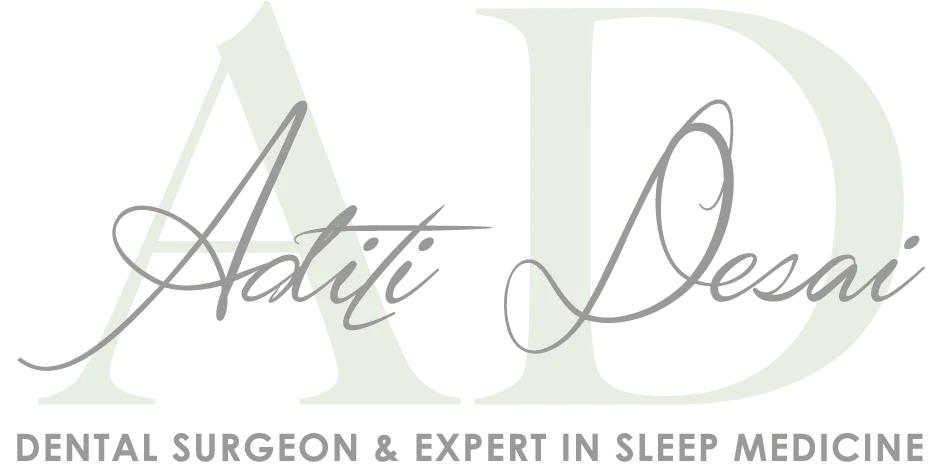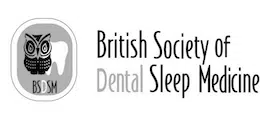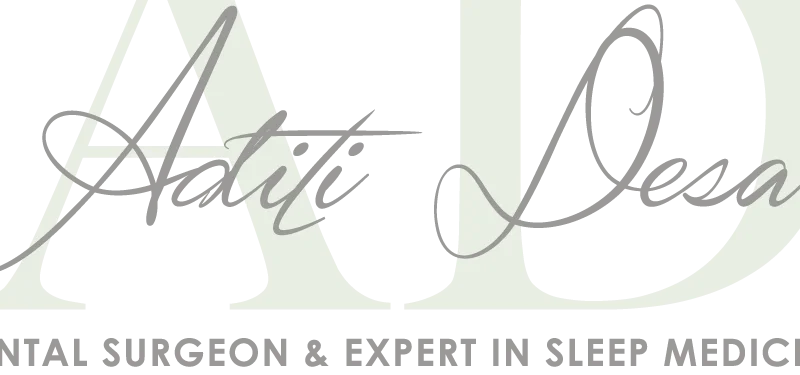Digital dentistry is the use of digital methods in place of traditional techniques for dental procedures, so digital tools are used in place of electrical or mechanical tools.
From digital radiography to e-scriptions, computerised presentations to CAD/CAM restorations and digital “surgical guides” to imaging for implant placement, digital technology is changing the face of dentistry. Digital dentistry techniques allow dental procedures to be more accurate and efficient.






